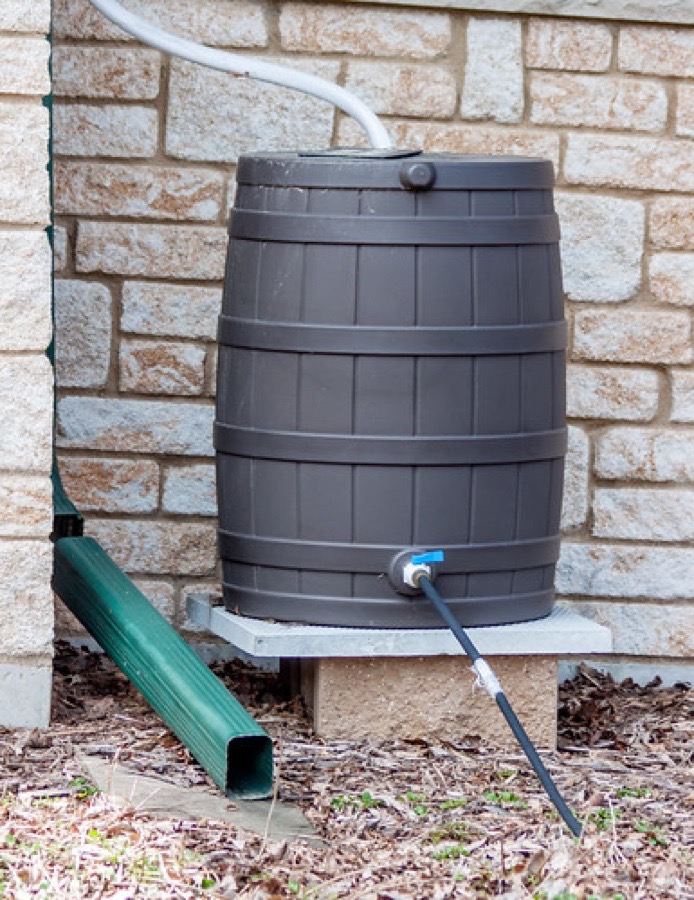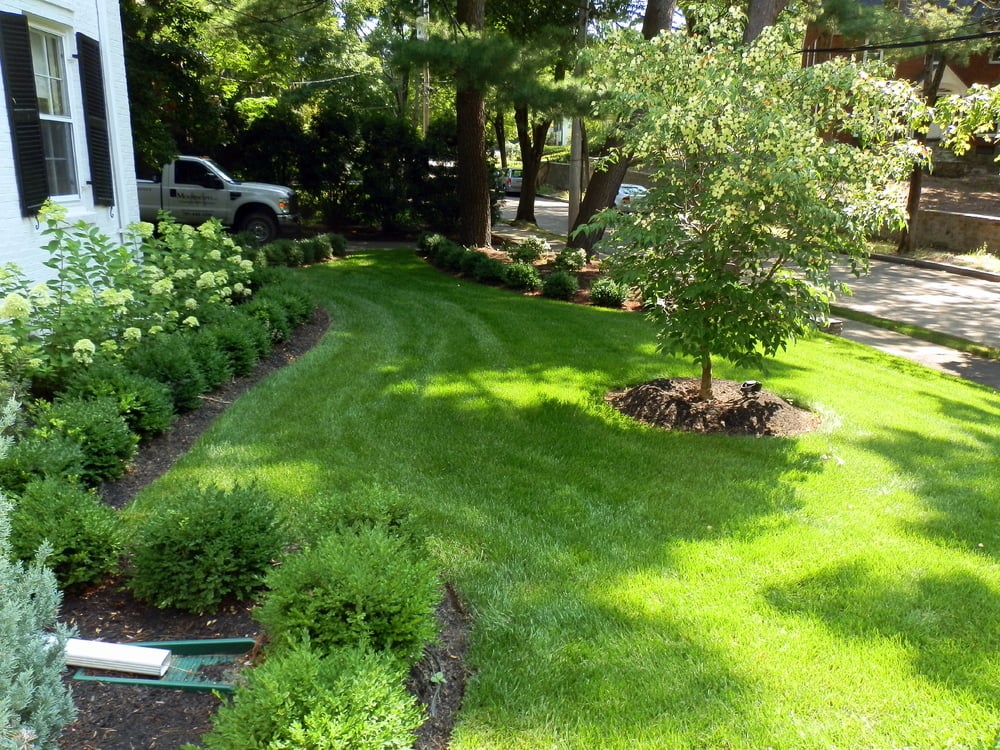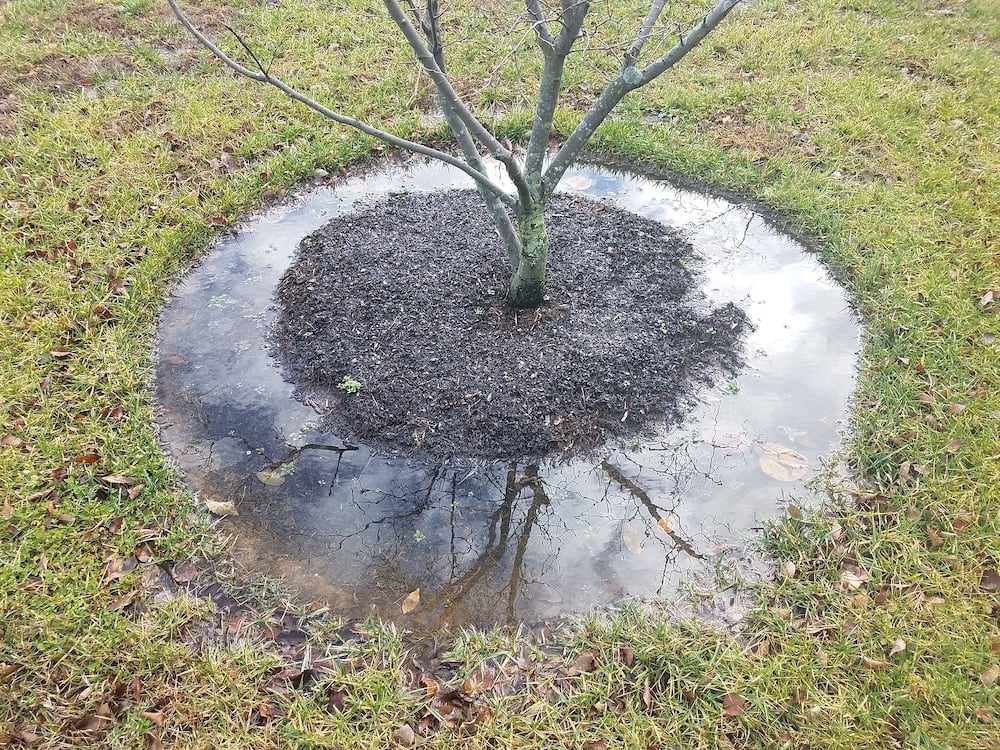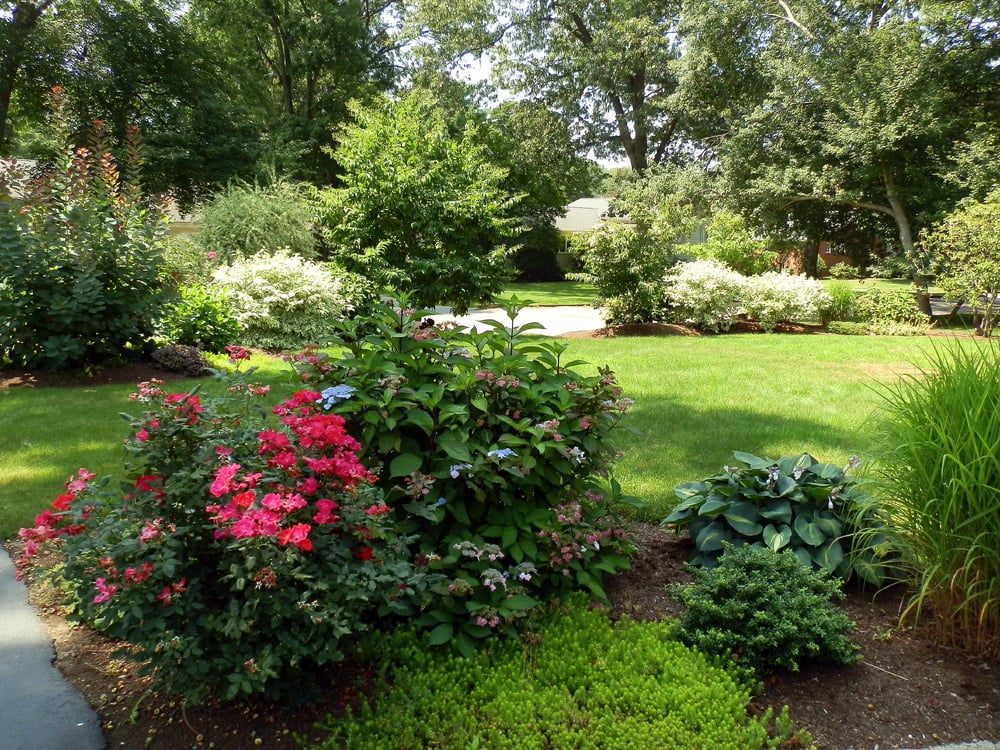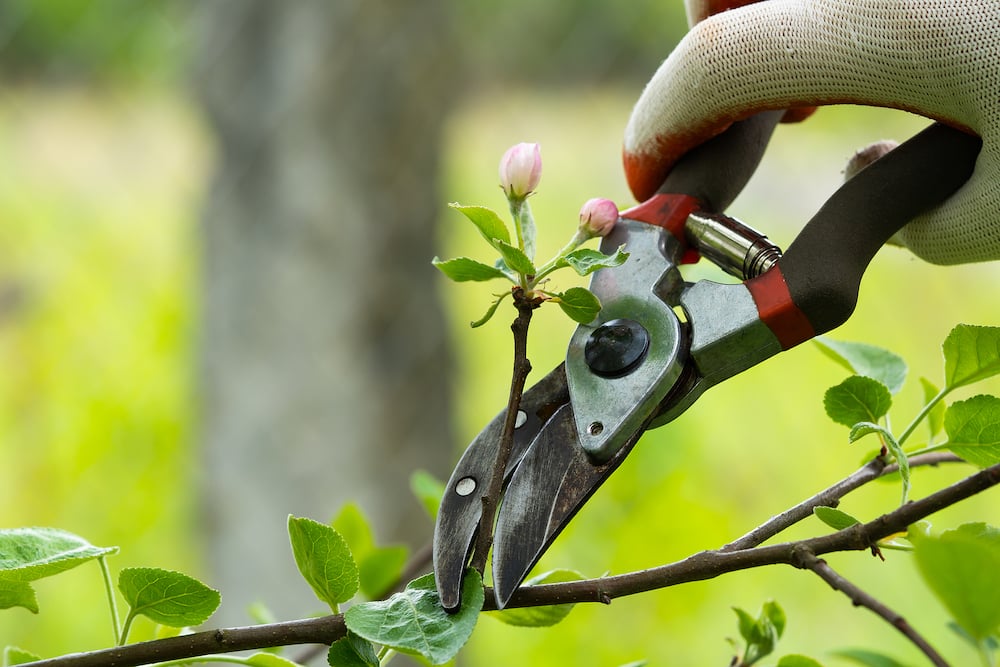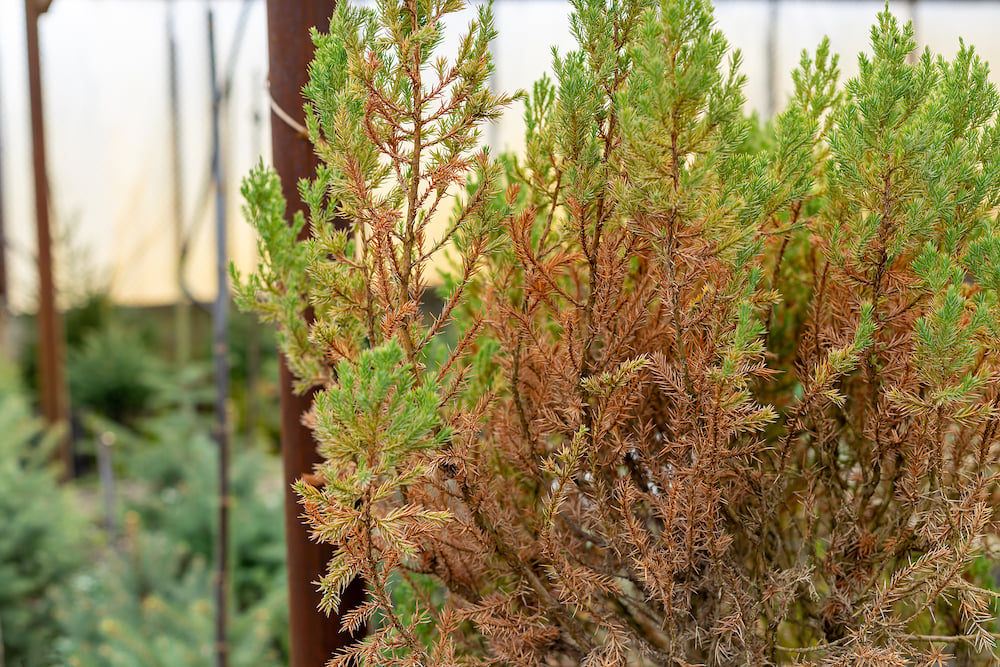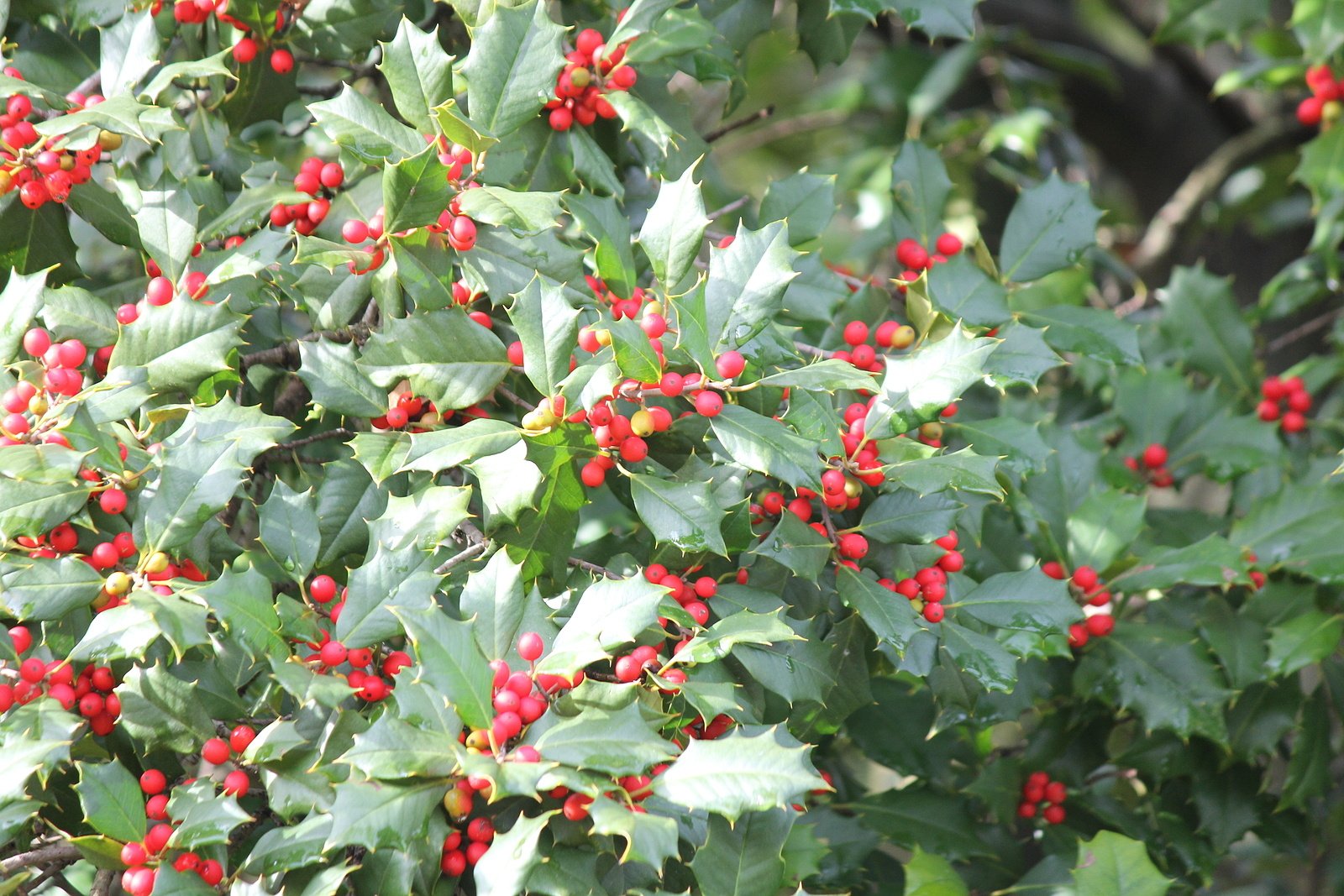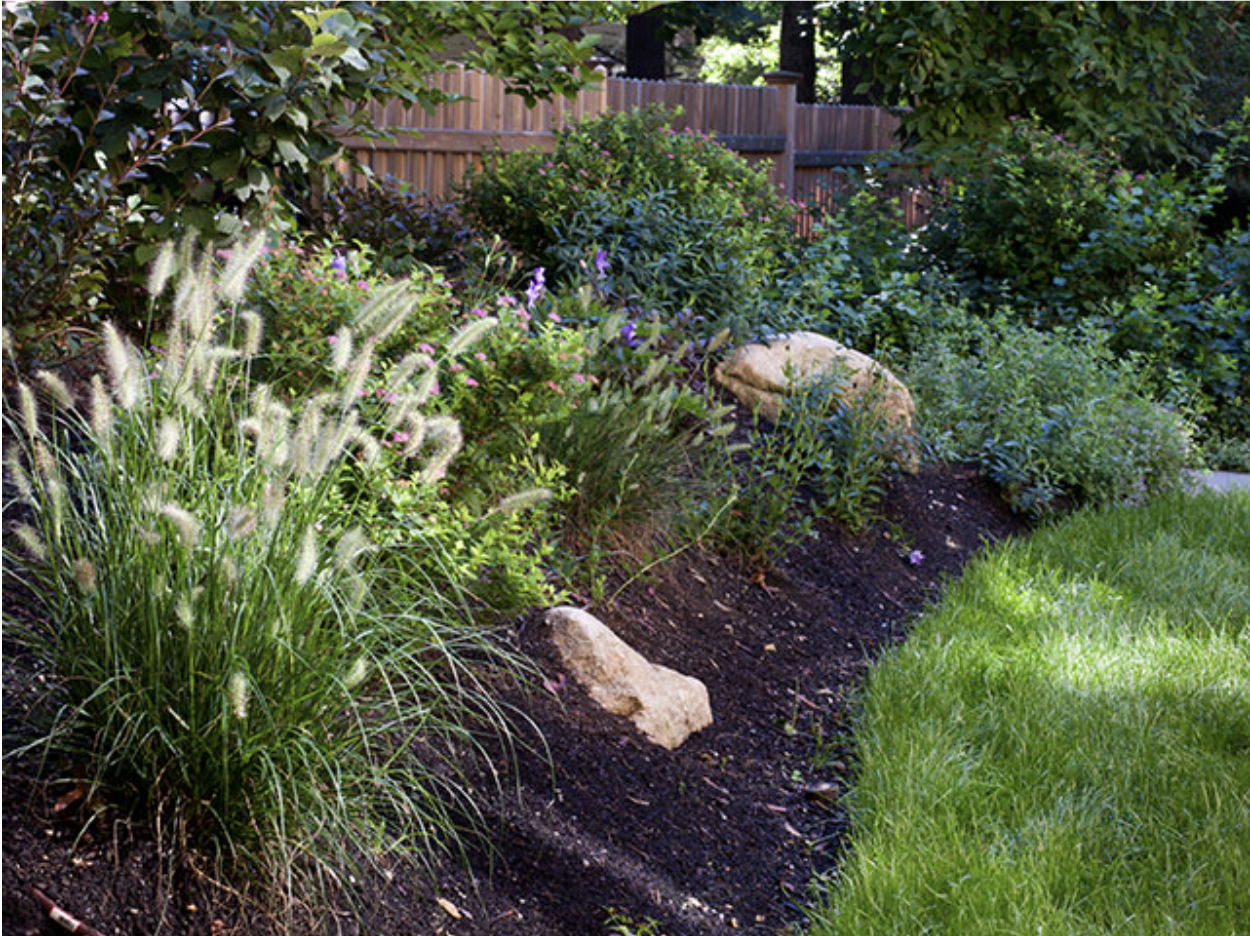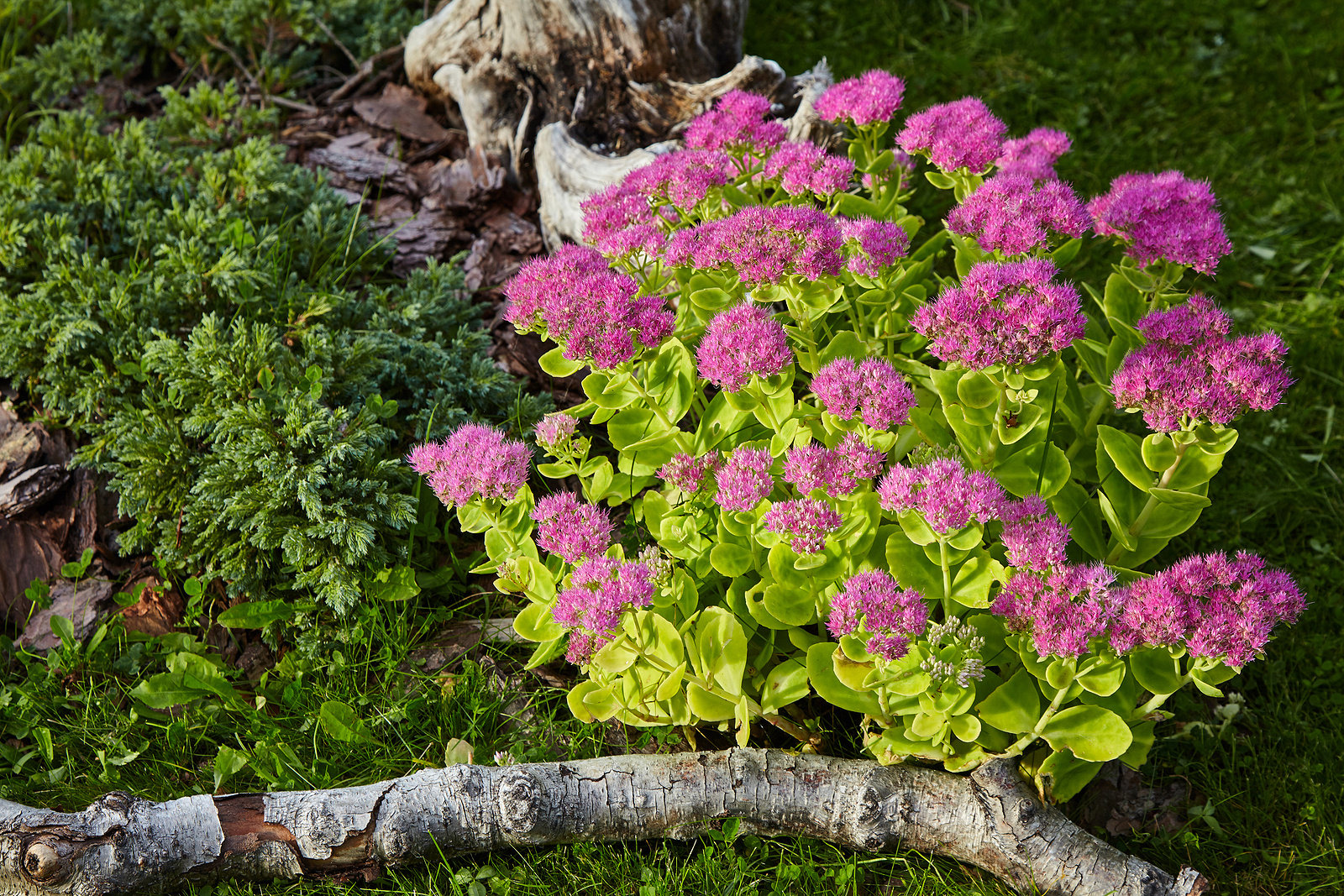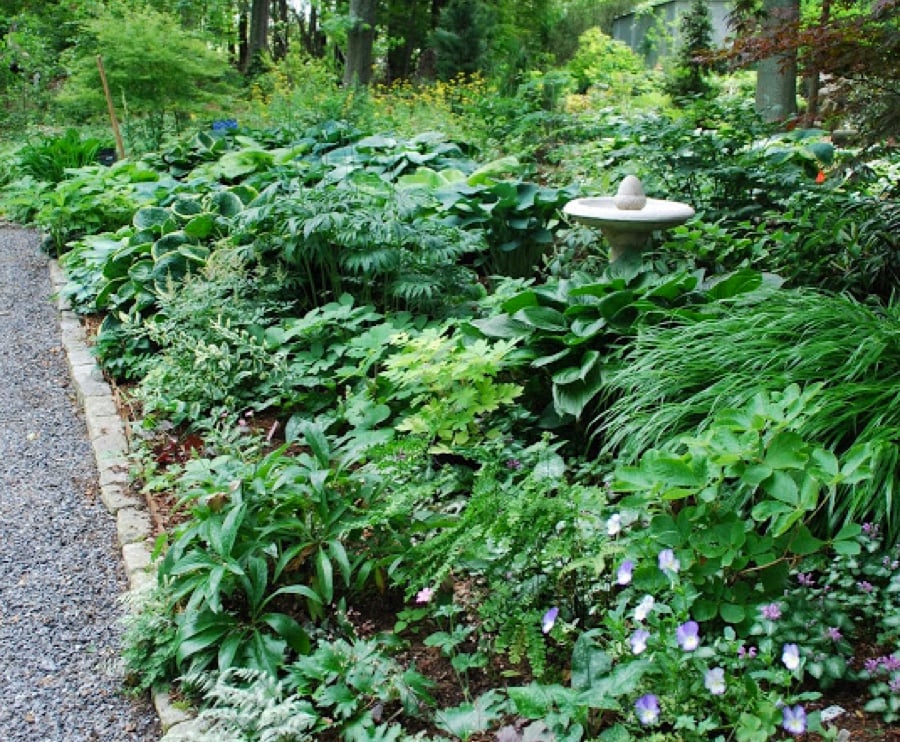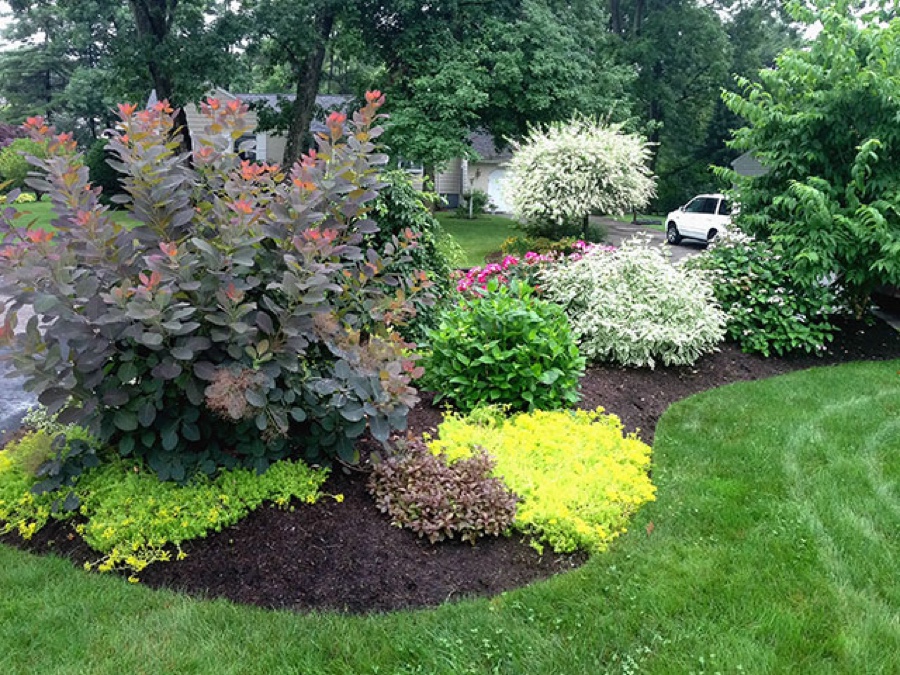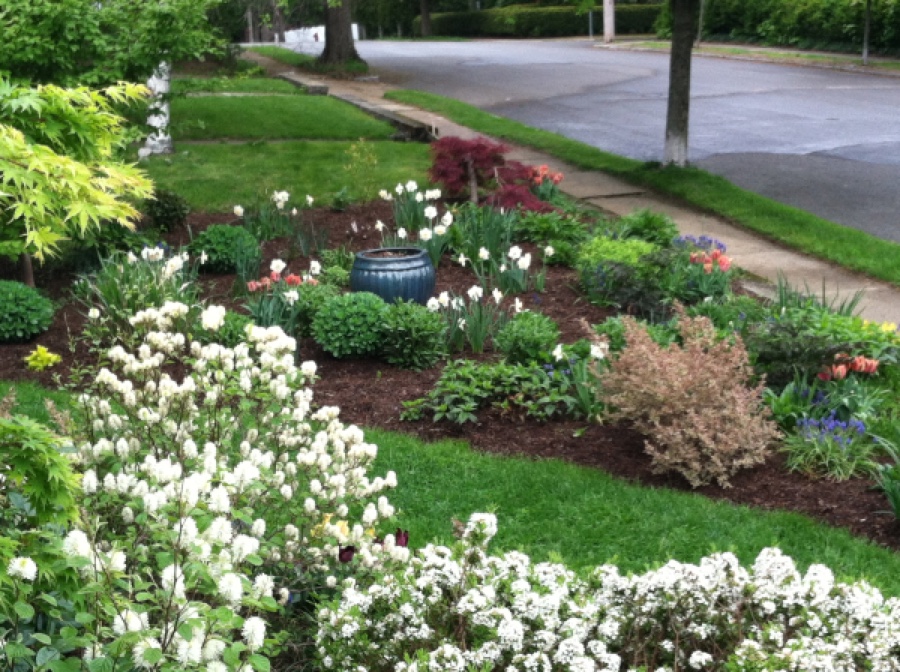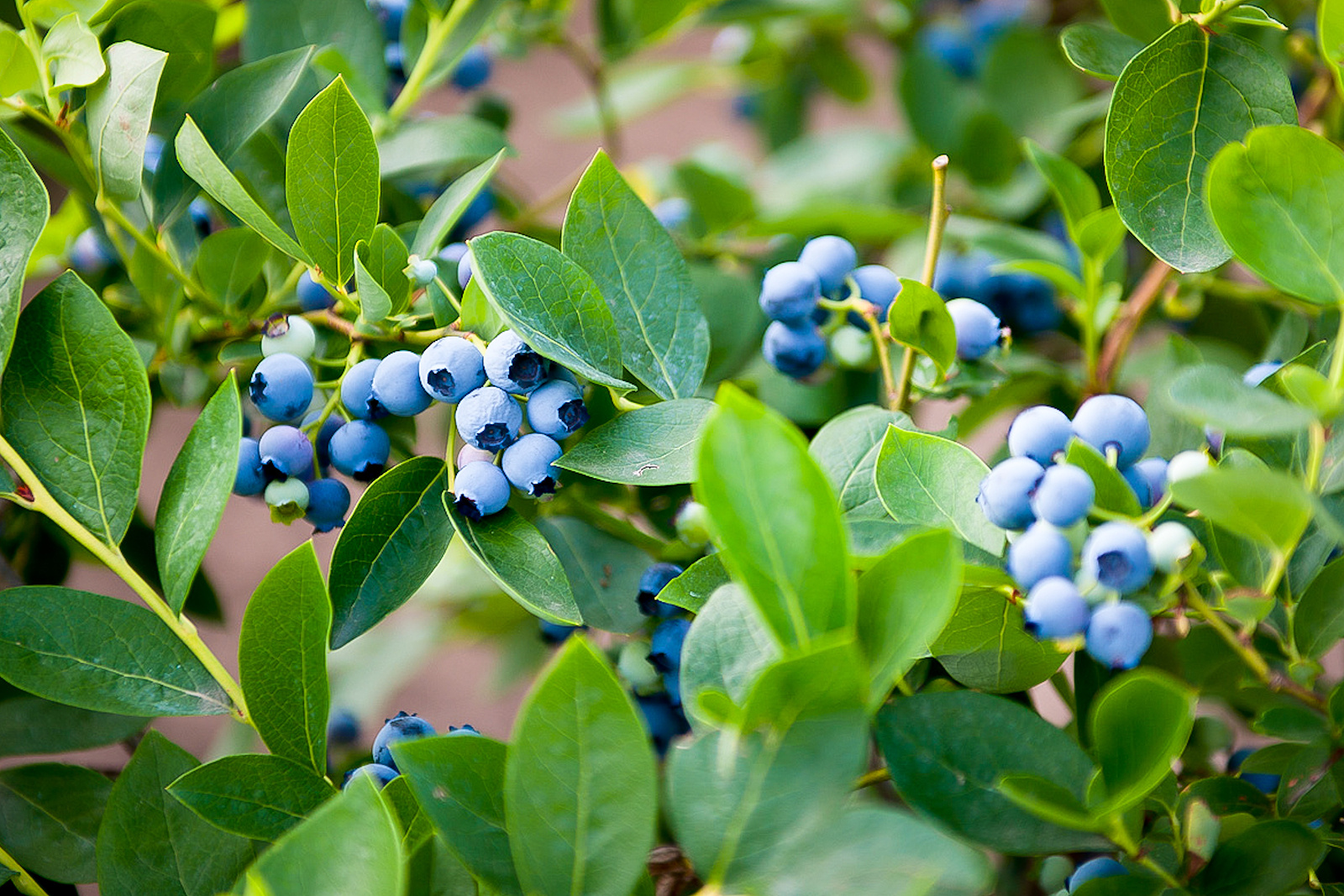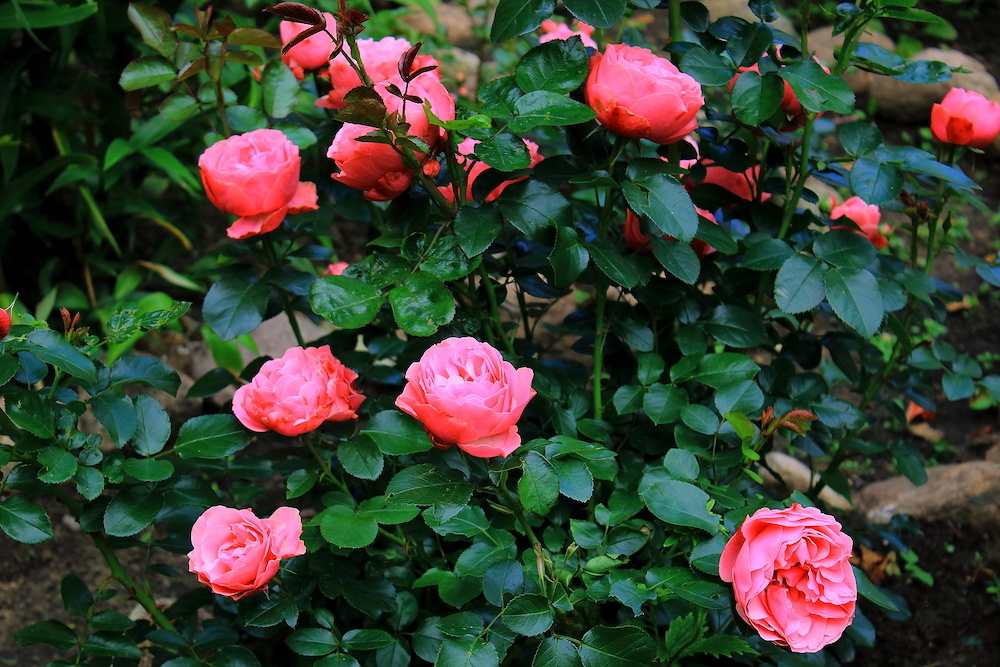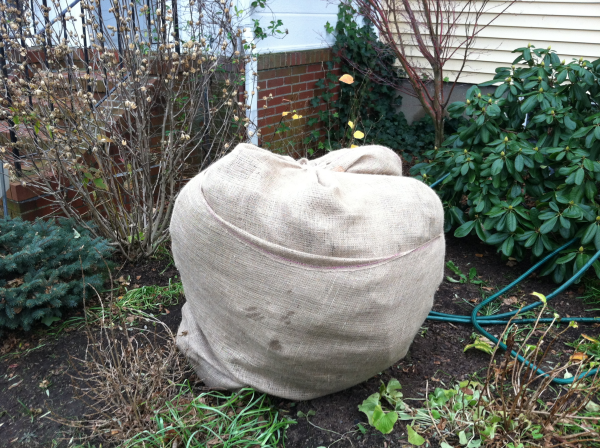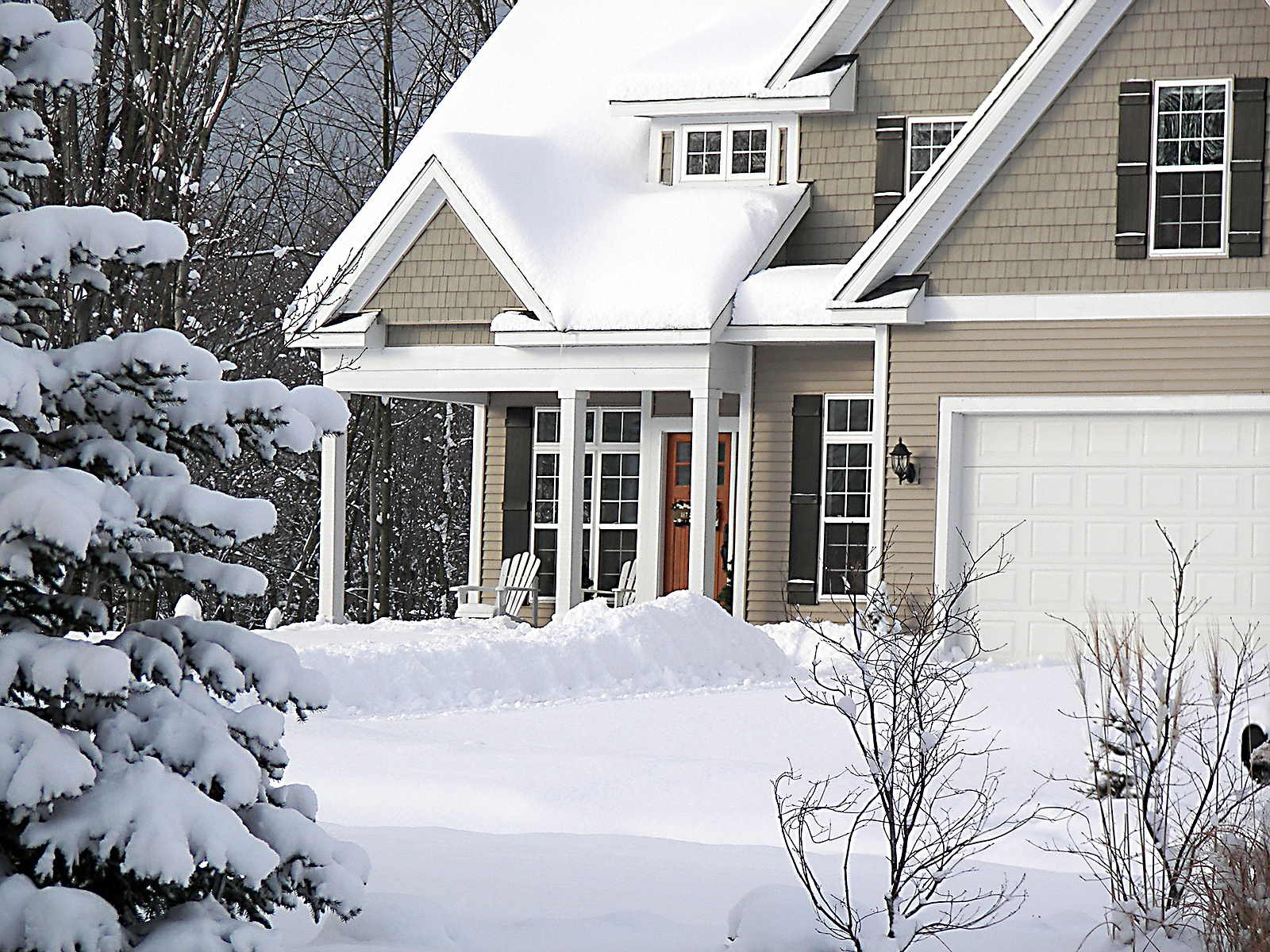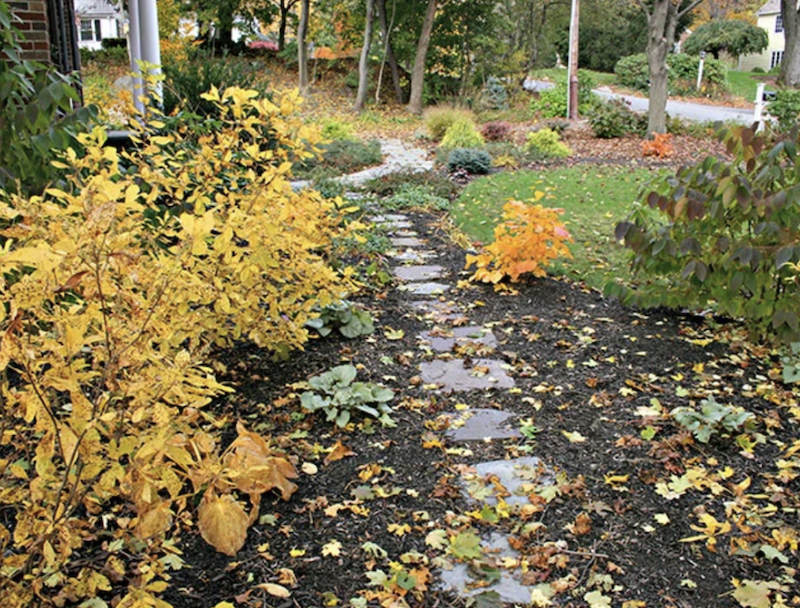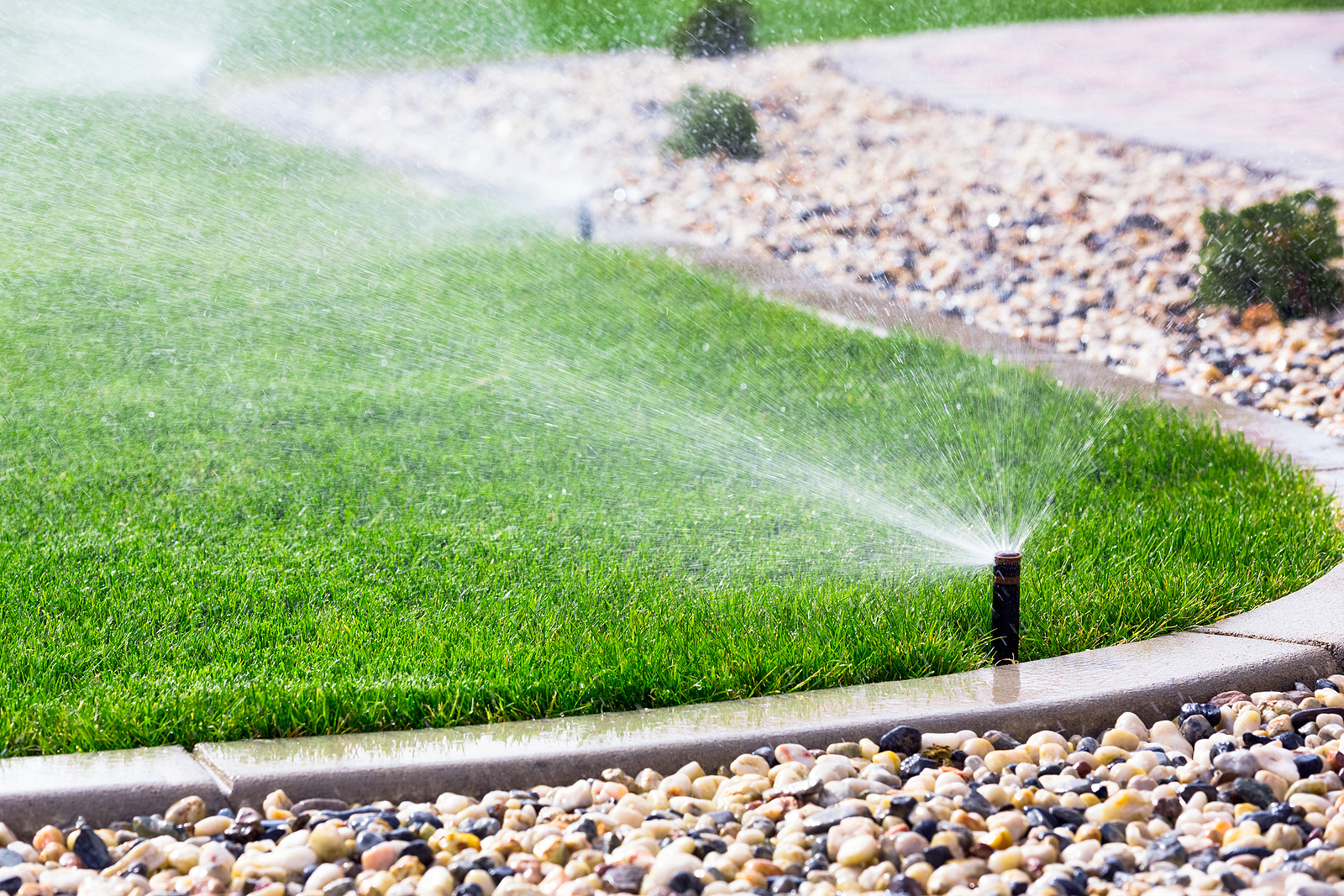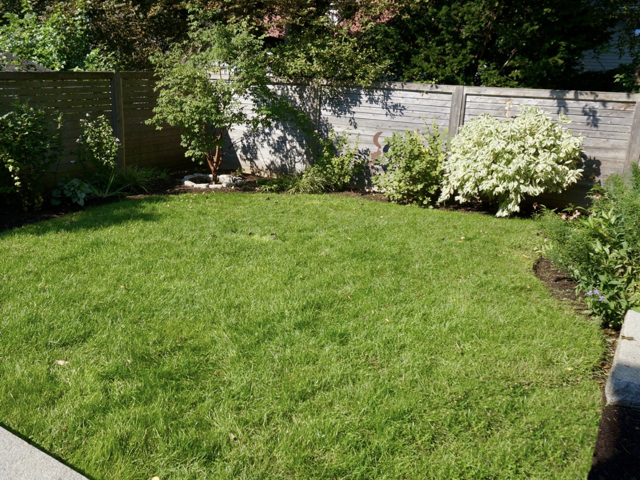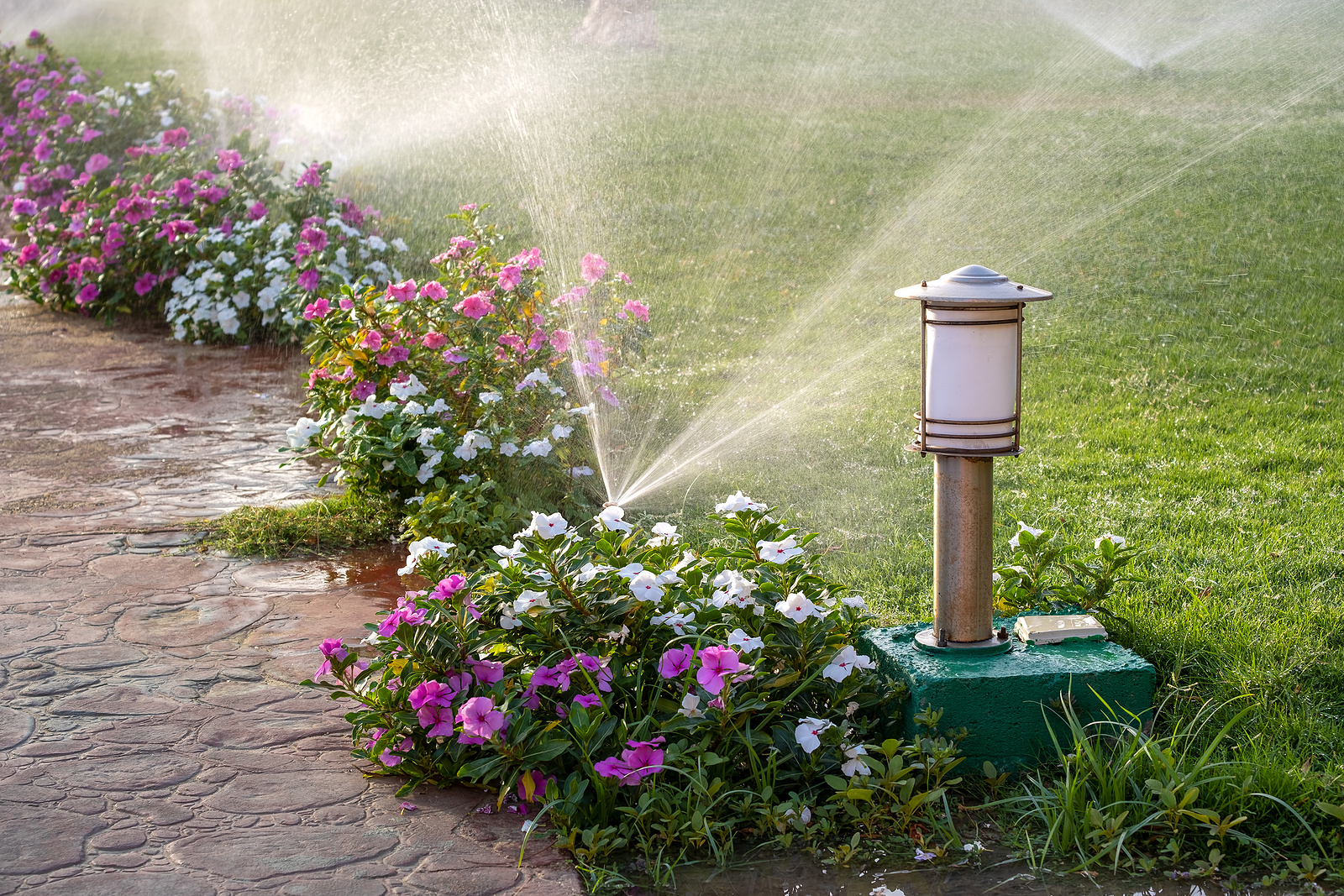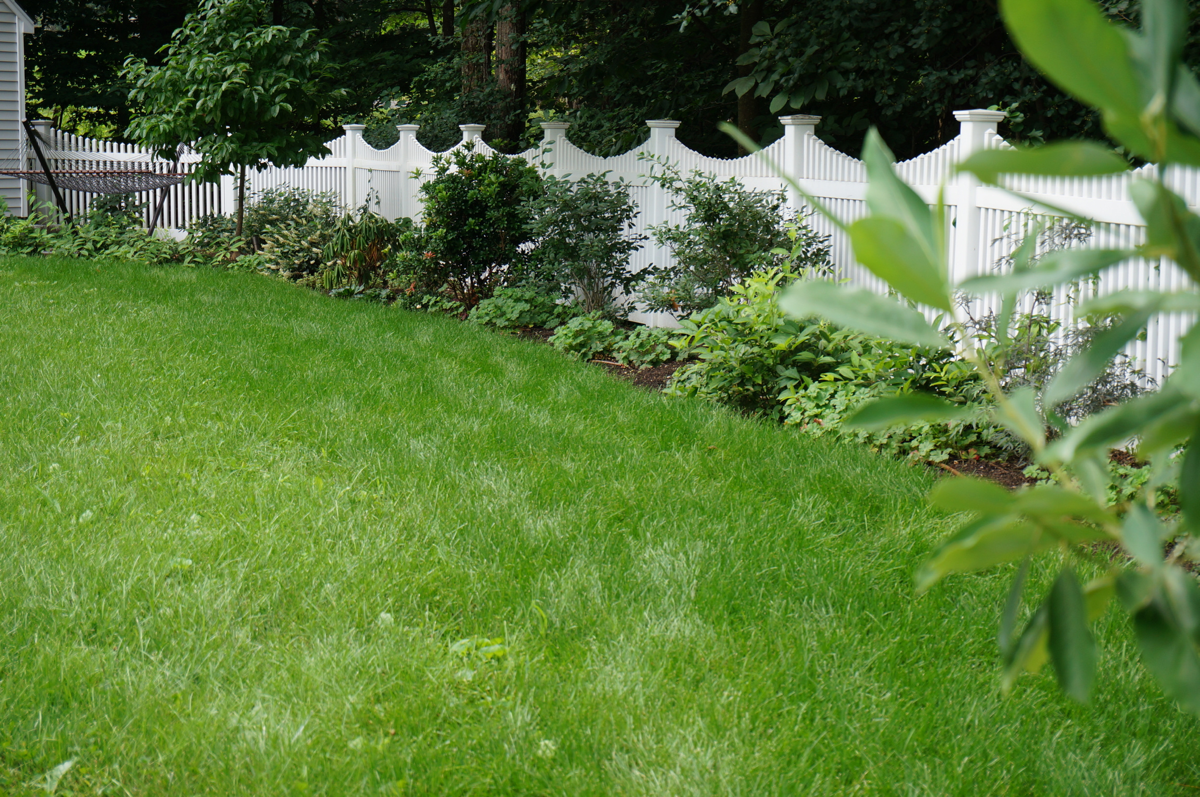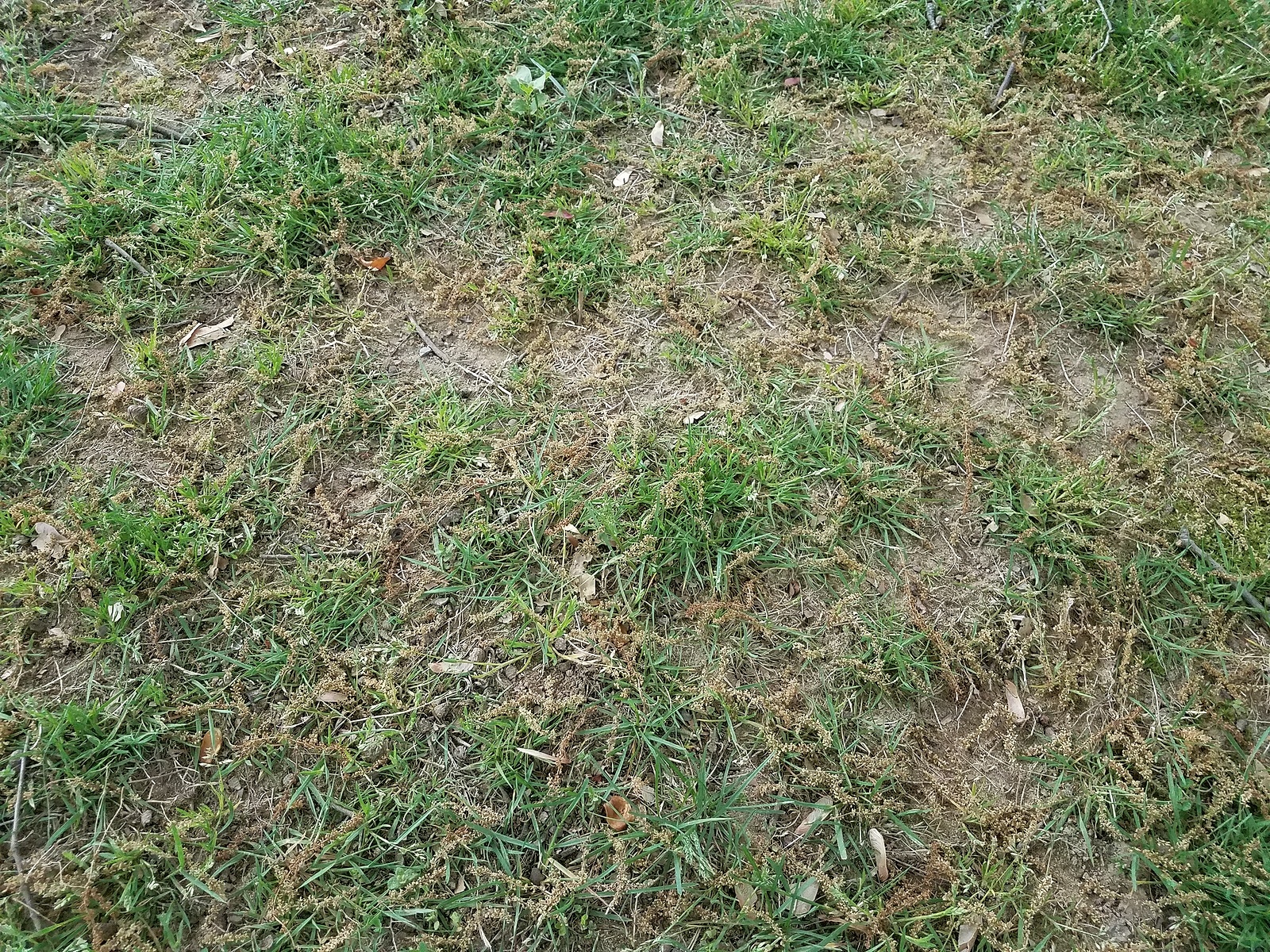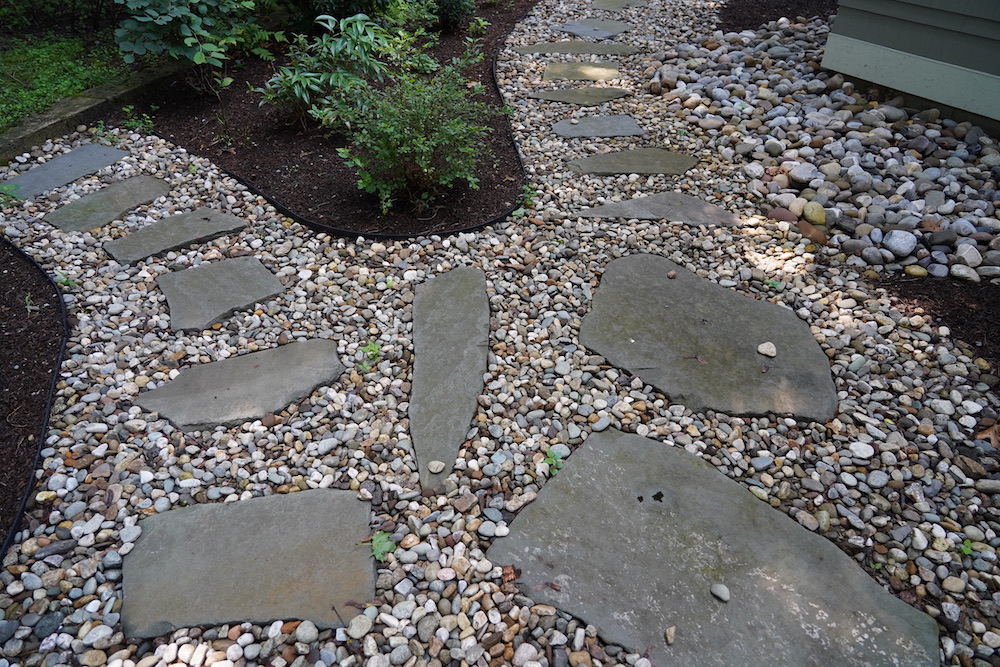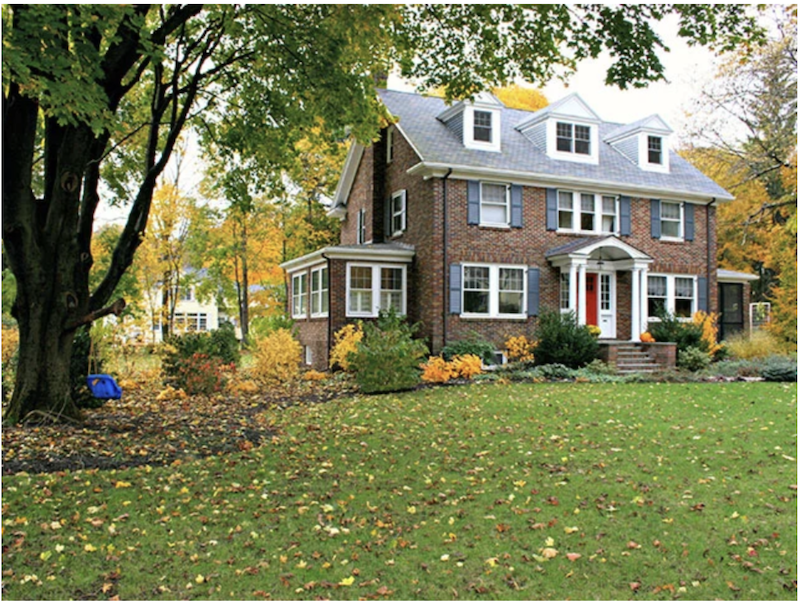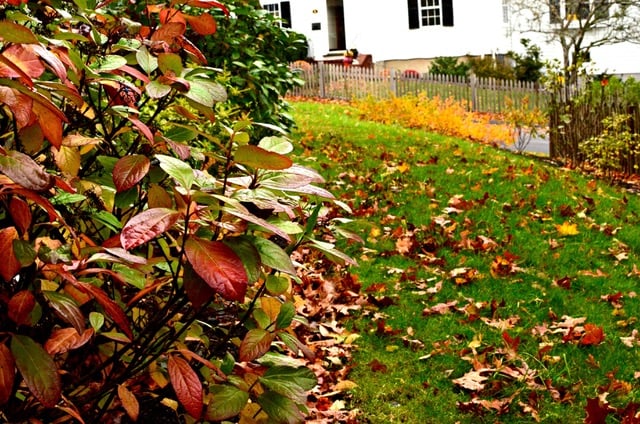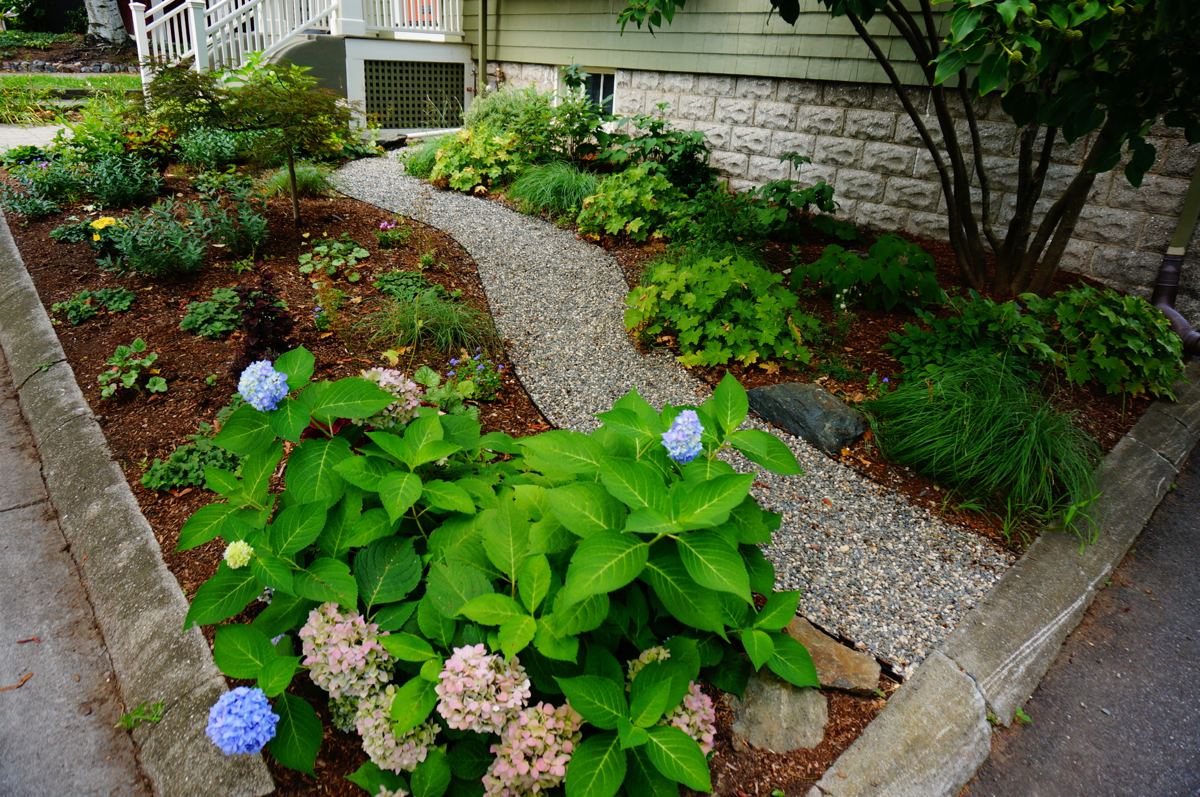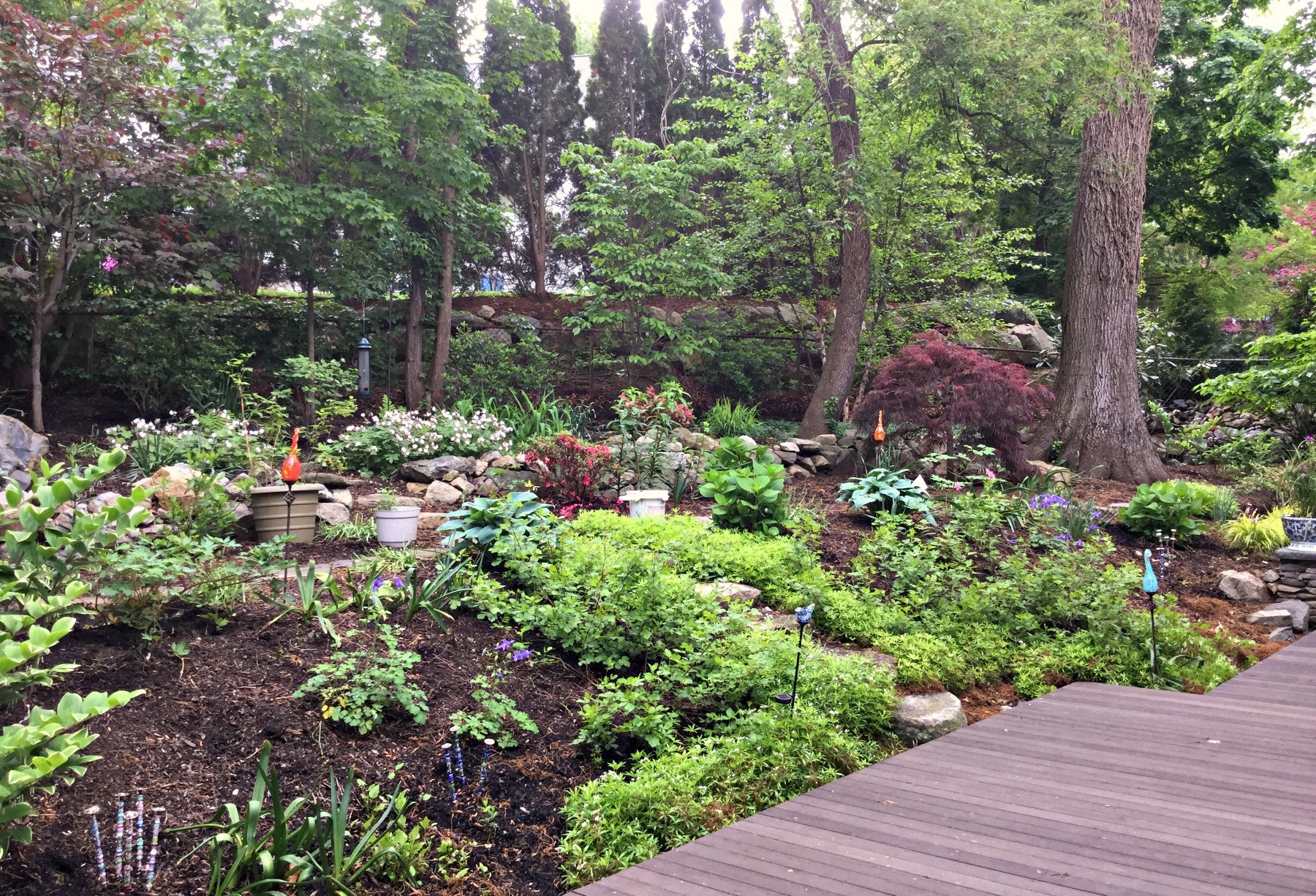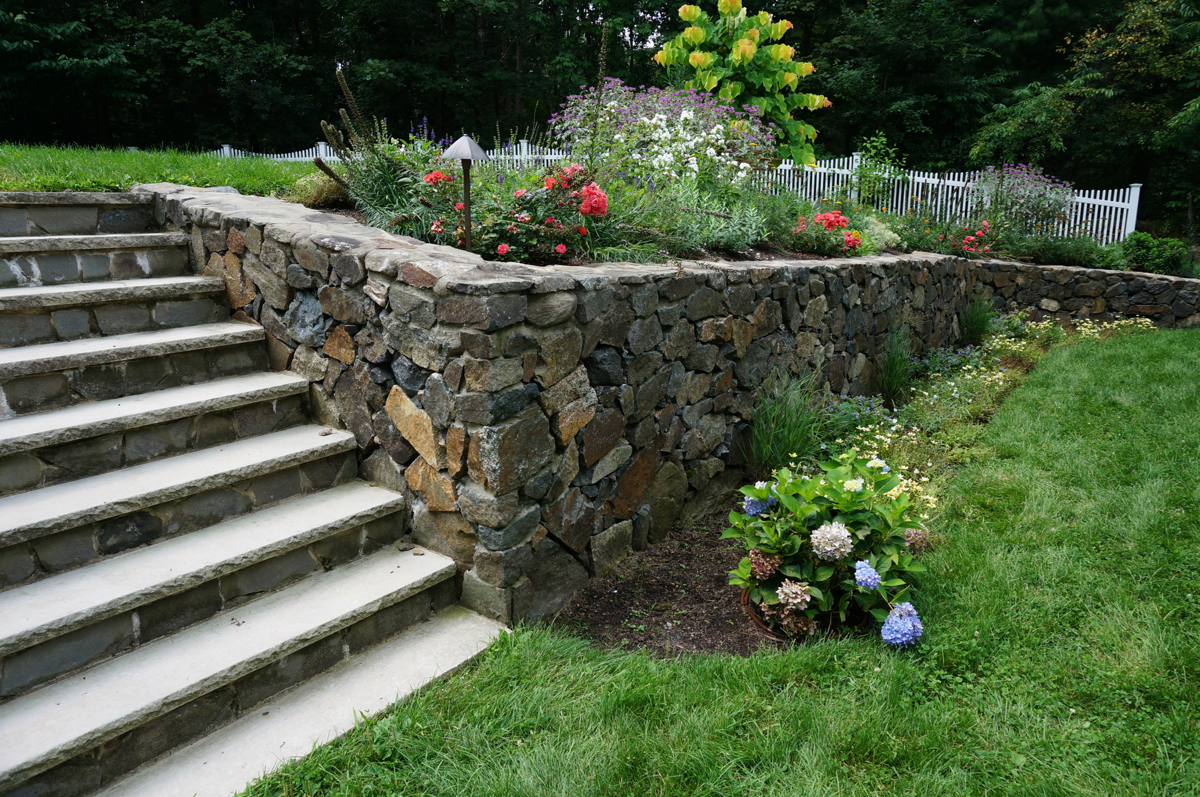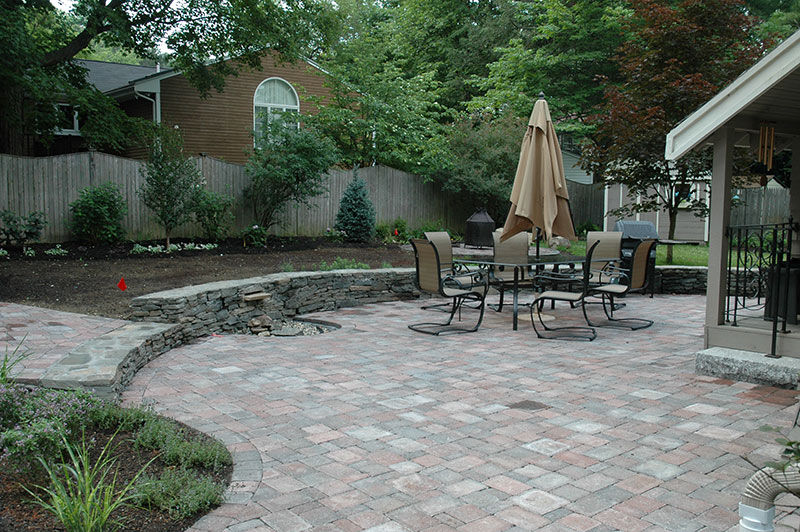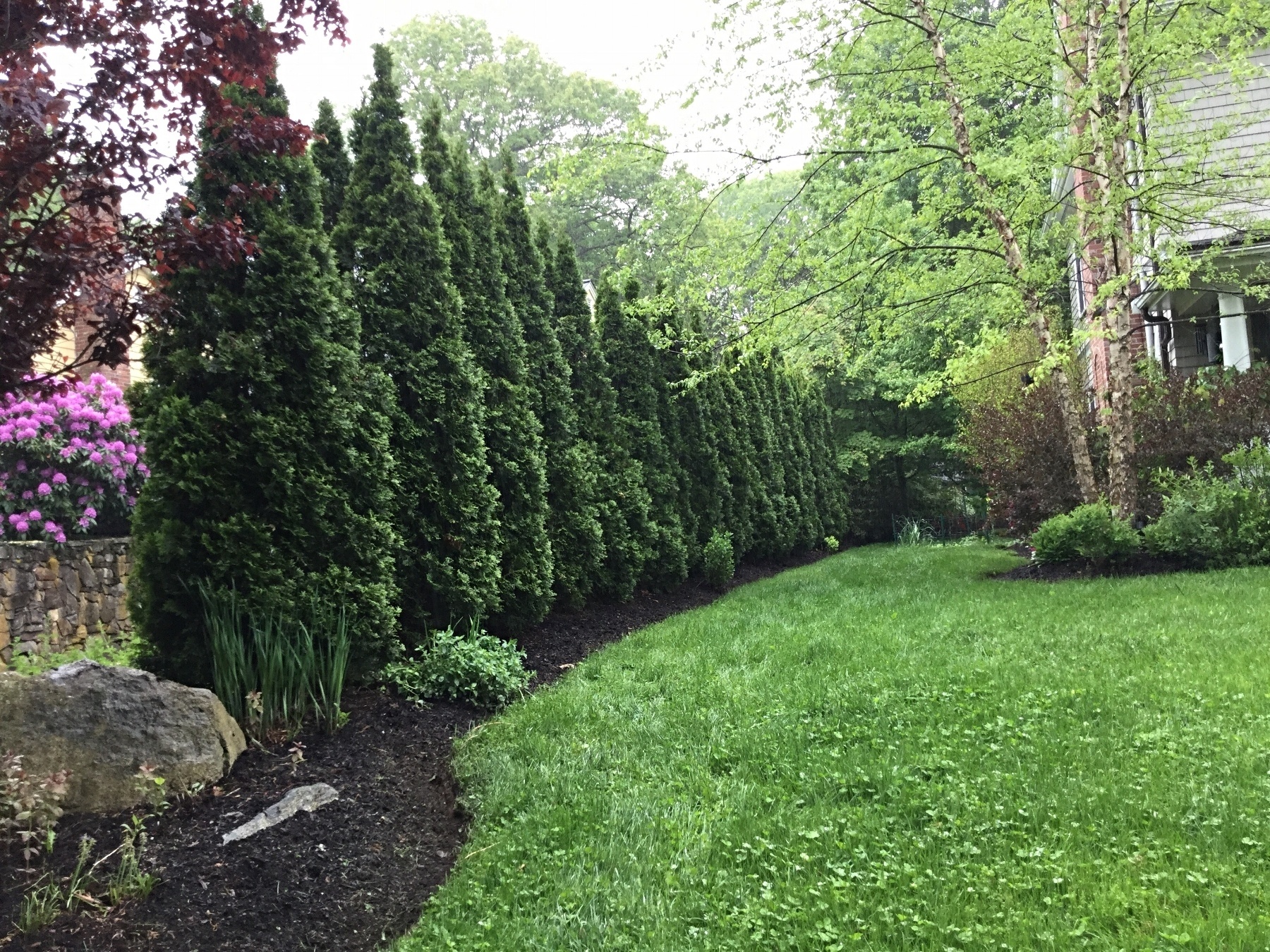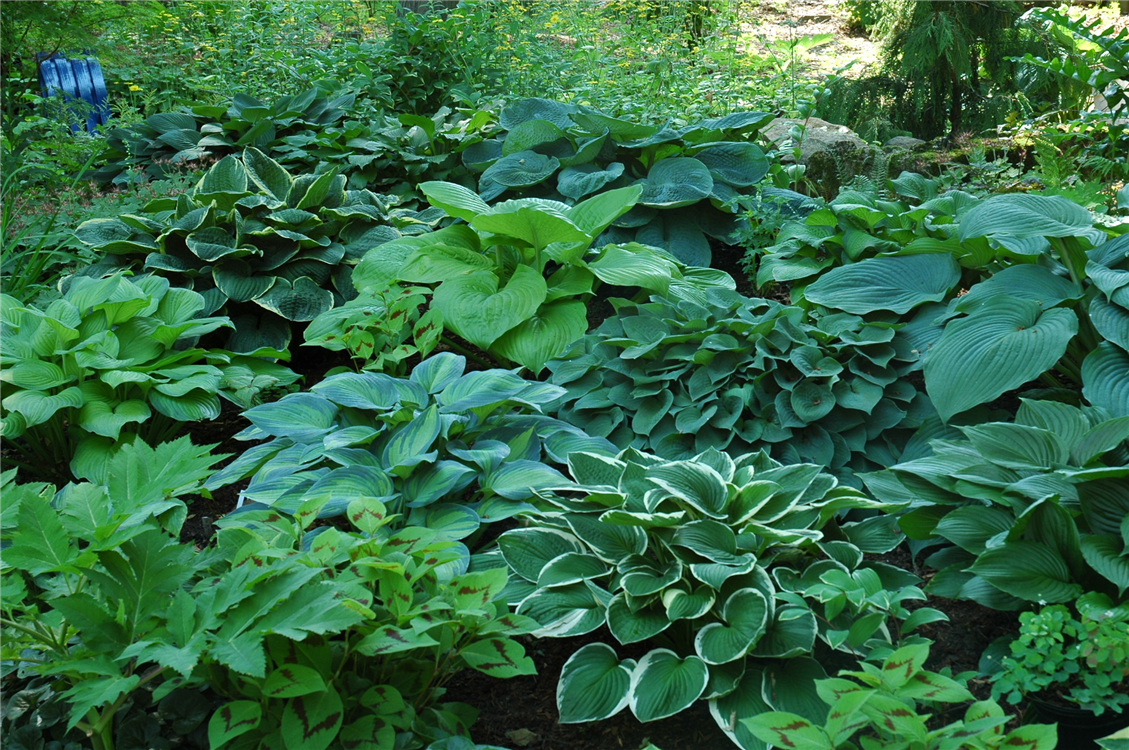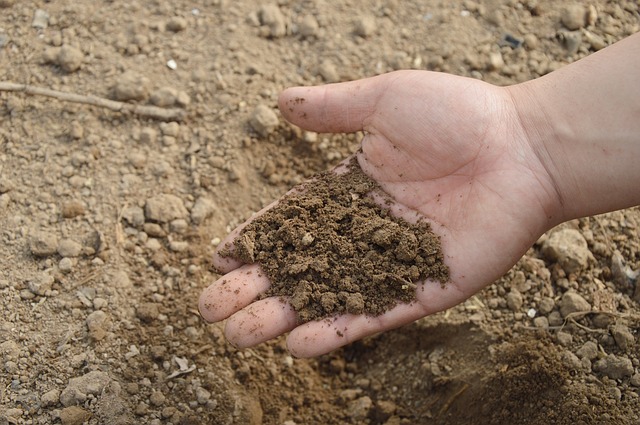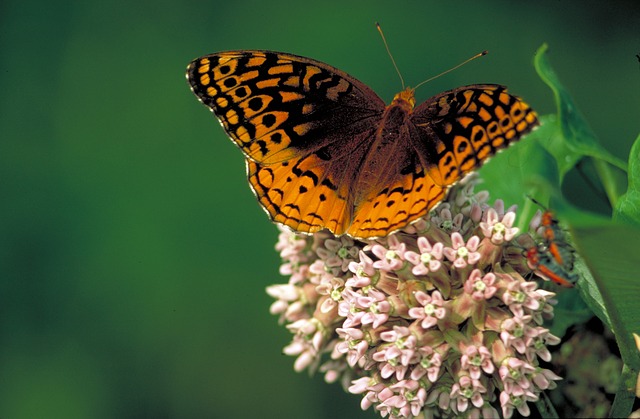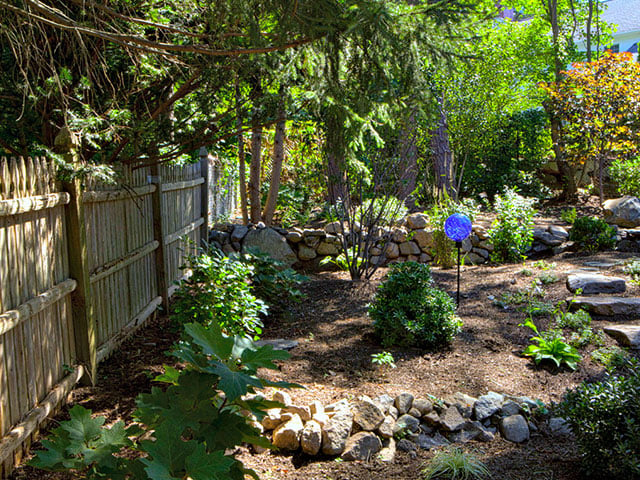Maintaining a home garden can sometimes require a significant amount of water to maintain. Of course, from time to time that’s supplemented by rainfall, but what about the rest of the time? For most people, this extra water comes from a municipal water supply, which can add up fast on the water bill. Luckily, there are ways to collect rainwater that would otherwise evaporate or seep into the ground, and use it to water your garden. Humans have been collecting and diverting rainfall for thousands of years, so why stop now?
Water conservation is often a hot topic especially in times of drought, but the term is often misunderstood. Water, barring some sort of world ending catastrophe, is an infinitely renewable resource, and about 71% of the earth’s surface is covered in it. So why is there so much talk about water conservation? The main issue is that it’s not always where we need it to be, and a secondary issue is that it’s not always in the state we need it. In fact, of all the water on earth, less than 4% of it is freshwater and over half of that is frozen and inaccessible in icecaps and glaciers. So it’s not that we’re running out of water, it’s the continual access to life sustaining freshwater that’s the issue. Luckily the water cycle is continually refreshing our supply, powered by the sun, mainly through precipitation.
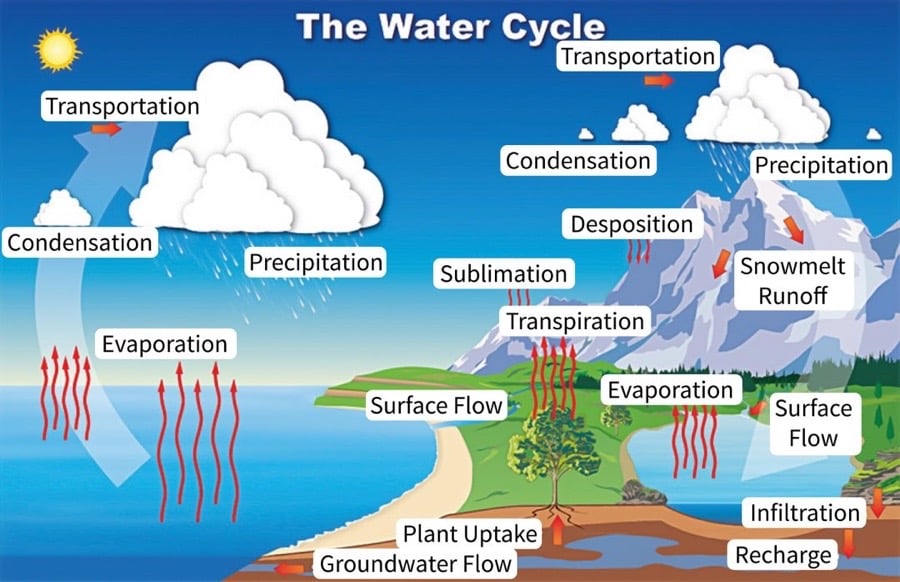
Municipal water supplies are where most households in the US source their tap water, and most of them are drawn from surface water, either from man made reservoirs or natural lakes. However, before this water can be pumped into your home’s water system, it must be mechanically and chemically sanitized to abide by strict drinking water regulations set by the Environmental Protection Agency. While this is a great step forward for modern society and essential for preventing water borne illnesses in humans, the nutrients and minerals removed can be great for our plants, and the chemicals added (often chloramines or chlorine) can decrease garden productivity. It is possible to filter out the sanitizing chemicals, and nutrients and minerals can always be added back before watering your garden, but these systems can incur significant costs to set up and run. But for many, skipping this whole system altogether may be the best solution
Plants Love Rainwater
You may have noticed that your plants often look more vibrant after a good storm. This is because rainwater has benefits that your tap water just can’t offer. It’s no secret that plants love nitrogen, it’s the main ingredient in most fertilizers, but did you know rainwater contains a significant amount of it? Before a rainfall occurs, water is floating around up in the atmosphere as water vapor, and as it begins condensing to fall back to earth, it collects Nitrogen gas (which makes up about 78% of air) and dissolves it. In turn the dissolved nitrogen also slightly acidifies the rain water, which makes it easier for plants to absorb.
Rain Barrels
A rainwater collection system can be pretty simple to set up, and the most important parts of the system are most likely already done for you. These are a large, sloped, impermeable surface to catch the rain, and a collection system at the lower edge of the surface. Also known as a roof with gutters. One square foot of roof can collect about 0.56 gallons of rainwater per 1 inch of rainfall. This means a 1500 square foot house in Massachusetts (with average rainfall around 45 inches per year) can collect nearly 40,000 gallons of rainwater per year! That’s more than enough to maintain even large gardens, so we really only need to collect a fraction of that. There are lots of options for premade rain barrels that connect directly to the downspout of your gutters, and DIY options are nearly infinite. There’s just a few things to consider when installing your rainwater collection system:
Storage
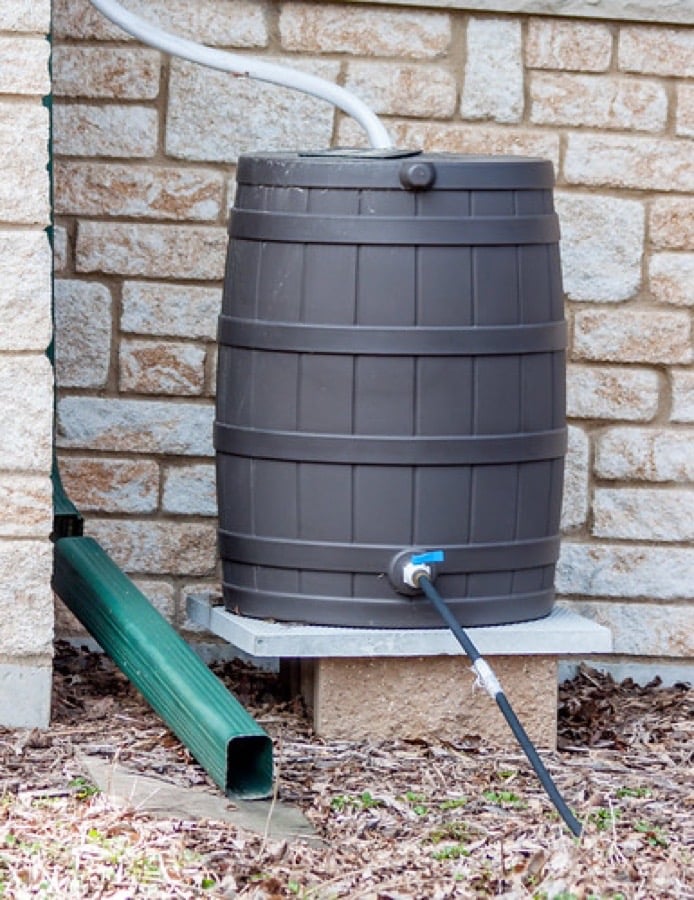
When deciding on your storage container, the main thing to decide on is how much water you’d like to store. Most commercially available rain barrels are around 50 gallons. You can go larger or have multiple containers if you need more water, or smaller if space is a concern. The container will need to be impervious to light to prevent algae growth, as algae can clog your hose and suck up nutrients from the water before it even gets to your plants. You’ll also need to make sure the container has a fairly tight lid with no gaps to keep mosquitos and other pests from laying eggs in your water. The last thing to consider is aesthetics. While the cheapest and easiest solution may be just a plain plastic drum, most of the commercial options offer a better look. Alternatively you could always set up a lattice structure around the barrel and hide it completely with some climbing plants, just make sure you can still access it for maintenance.
Gutter Connection
In order to connect your rain barrel to your gutter system, you’ll need to modify your downspout slightly. The goal with this connection is to allow the rain barrel to fill as efficiently as possible while allowing excess water to overflow. The two most common solutions to this is either to have the downspout dump directly into the rain barrel, or to install a downspout diverter. A diverter is probably the better option, as they are designed for proper overflow, allow for more of a sealed system, and some models will even include sediment filters that will cut down on maintenance.
Water Outlet
Now that your rain barrel is connected to your gutters, we can think about getting water out. If possible you want to have your storage uphill of your garden to allow gravity to feed the water. If the area is flat you can raise the barrel on a sturdy base to get an extra few feet of slope. If it isn’t possible to place your rain barrel higher than your garden, you can either use a watering can to disperse the water, or add a small electric pump to provide water pressure.
Legal Considerations
It is a common misconception that collecting rainwater for personal use is illegal. While this may be true to an extent in a few places, it is not only legal but encouraged in most places, and the ones with restrictions generally do not cover small domestic systems. In fact, some localities even have incentive programs in place to help offset the cost of installing a rainwater collection system, so be sure to check with your local officials for that! As of May 2022, Rhode Island is the only state in New England with rainwater collection restrictions, and this is only to regulate underground storage tanks which most likely won’t apply here. All others have no restrictions and a few have incentive programs in place.
Natural Rainwater Collection
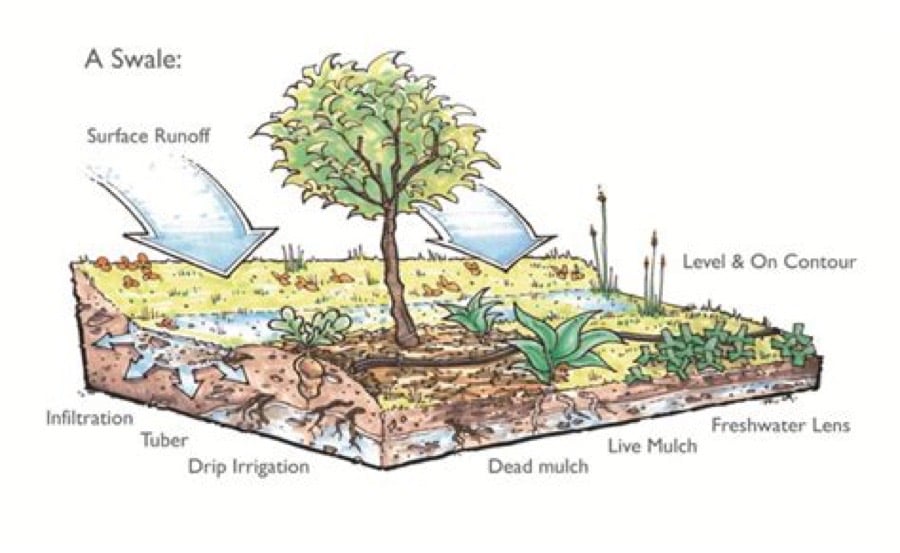
Summary - Rainwater collection for landscape maintenance
Even if a rain barrel system isn’t for you, there are still ways to utilize rainfall for natural irrigation. Contour swales have been used by humans since the dawn of agriculture to manipulate surface runoff. A swale is a small ditch dug into the contour of a hill in order to collect and divert runoff. Swales can improve rainwater infiltration in dry areas of your landscape, and can also help divert runoff away from low spots that may be receiving too much moisture. Swales can be a great option for plant species that require heavy watering to thrive.
Rain will benefit your garden with or without these interventions, but making the most out of this natural occurrence will not only save on your water bill, but also take strain off of your local water supply, save energy, and help your garden thrive all at the same time!
Want to learn how to create a landscape for your yard that will help you relax, connect with nature, and replenish your energy? Please download our free ebook, How to Maintain Your Landscape and Transform It Into a Beauty You'll Love.


